Also by the authors:
London for Lovers: Romantic Days and Nights Out in the City
WILD
LONDON
Urban Escapes in and around the City
SAM & SOPHIE HODGES


This ebook is copyright material and must not be copied, reproduced, transferred, distributed, leased, licensed or publicly performed or used in any way except as specifically permitted in writing by the publishers, as allowed under the terms and conditions under which it was purchased or as strictly permitted by applicable copyright law. Any unauthorized distribution or use of this text may be a direct infringement of the authors and publishers rights and those responsible may be liable in law accordingly.
VINTAGE
20 Vauxhall Bridge Road,
London SW1V 2SA
Vintage is part of the Penguin Random House group of companies whose addresses can be found at global.penguinrandomhouse.com.

Text Sam and Sophie Hodges 2019
Cover Design by Dan Mogford
Cover photo by Sophie Hodges
Sam and Sophie Hodges have asserted their right to be identified as the authors of this Work in accordance with the Copyright, Designs and Patents Act 1988
First published by Square Peg in 2019
penguin.co.uk/vintage
A CIP catalogue record for this book is available from the British Library
ISBN 9781473548275
For Wren and Otto
INTRODUCTION
Forget six counties overhung with smoke,
Forget the snorting steam and piston stroke,
Forget the spreading of the hideous town;
Think rather of the pack-horse on the down,
And dream of London, small, and white, and clean,
The clear Thames bordered by its gardens green.
The Earthly Paradise, William Morris (18341896)
London teems as much with nature zealots as it does with nature itself: the quiet hordes that gather at dawn near reservoirs, binoculars at the ready; entire families armed with Tupperware and jam jars, out-craning each other for the fattest of blackberries; steely older women, capped and costumed, lowering themselves, whatever the weather, into the muddy darkness of near-glacial ponds. But through these idiosyncratic rituals, Londoners find a kind of joy: perhaps it is not surprising that the city is full of so many nature lovers when 47 per cent of the capital is green.
The urbanites longing for nature began around two centuries ago, when our ancestors were wrenched away from life on the land and herded together into cities. Far from losing our passion for nature, industrialisation left city dwellers wanting it more than ever. From beekeeping in Battersea and foraging for mugwort on Walthamstow Marshes, to the 2014 bid to turn London into the first urban national park, the call of the wild has never been louder.
This book is an answer to that call: a celebration of all London has to offer the nature-lover whether passing through the capital, or a life-long resident. Other than well-trodden trails in the formal parks and gardens, existing tourist guides barely scratch the surface of Londons hidden natural wonders.
The book is divided into seasons, as every one of them offers up equally inspiring opportunities to find wildness around the corner. With the exception of sledging, most activities can be enjoyed all year round overwintering ducks take the place of migratory warblers; wild swimming spots remain destinations, come rain or shine; farm-to-table restaurants are swapped for farm-to-hand in the summer.
London is a city full of people looking but not seeing distracted by the pressures of the coming day or, more commonly, by the addictive appeal of the phone screen. This book is designed to inspire a more mindful approach, to encourage you to glance skywards for birdlife and trees, and downwards to the roadside verges and railway cuttings, canal towpaths and brownfield sites what Richard Mabey calls Britains unofficial countryside humming with life, waiting to be discovered.
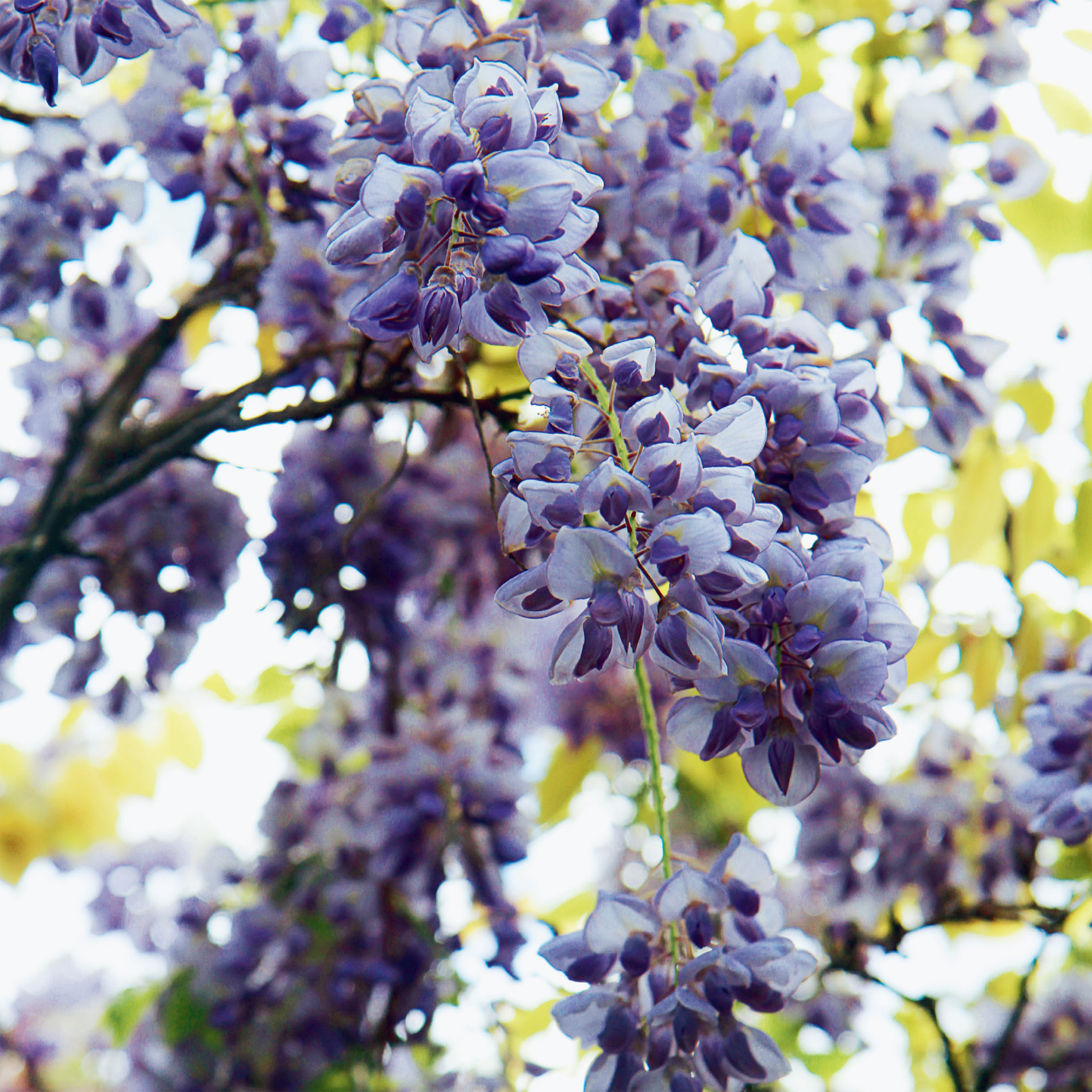
Wisteria at The Geffrye Museum

St Dunstan-in-the-East
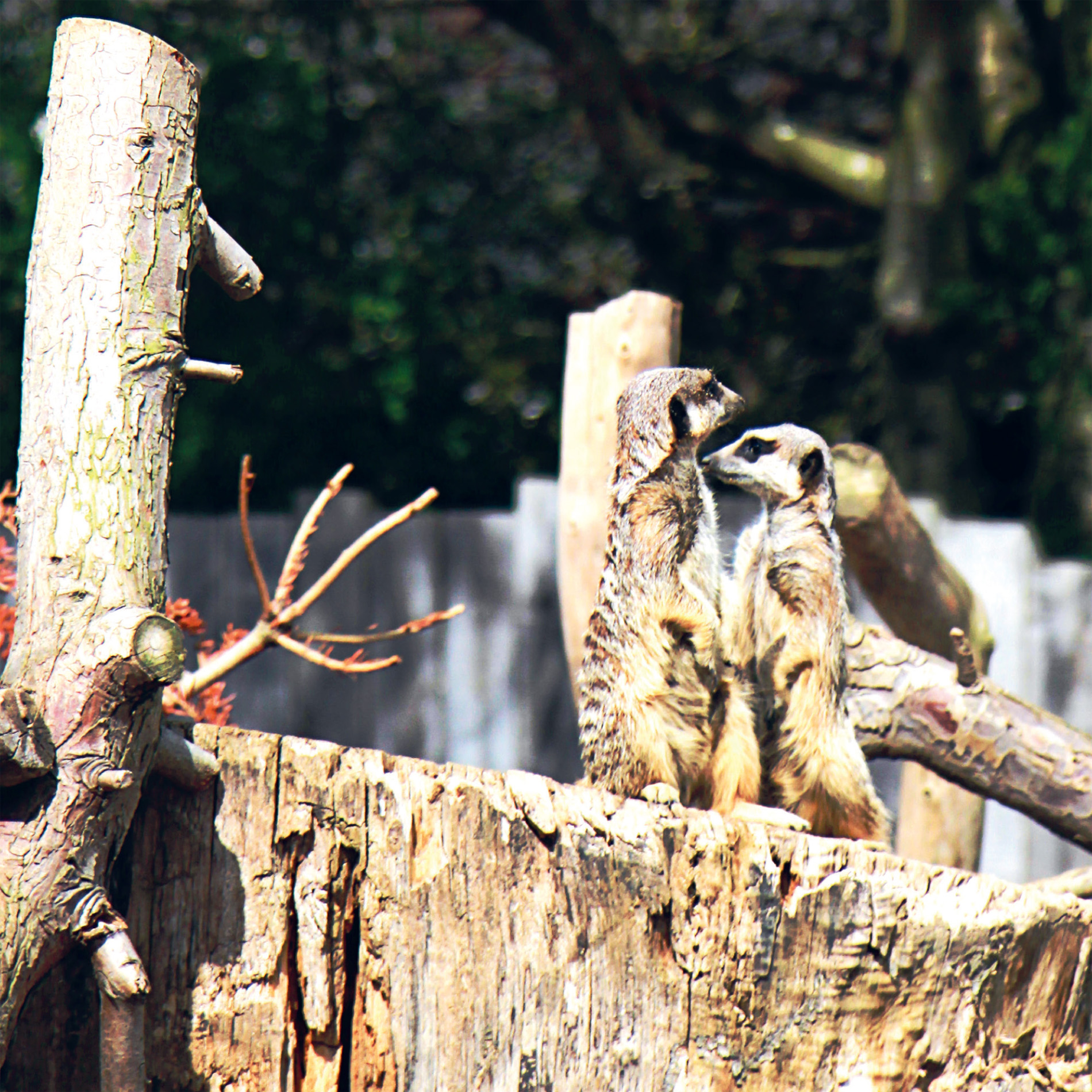
Lee Valley Farm
WHERE THE WILD THINGS ARE
The population of the capital is expected to increase from 8.6 million to 10 million by 2030, inevitably putting increased pressure on roads and housing and raising air pollution levels. Londons green spaces are caught in the middle of this both under threat from developers and yet needed more than ever.
The citys urban farms, ecological parks and nature reserves are protected and expanded due to the concerted efforts of wildlife campaigners and conservationists, who play a huge role in keeping London wild. In recent years, new wildlife sanctuaries have been opened, including Braeburn Park in Crayford in 2016, Walthamstow Wetlands in 2017 and Crane Meadows near Heathrow in 2018. The London Wildlife Trust is even campaigning for a Nature and Wellbeing Act, to enshrine into law the importance of the protection of nature for generations to come.
These green spaces play an increasingly important role in the life of schools, combatting what British childcare expert Tim Gill calls the shrinking horizons of childhood. The Danish concept of the Forest School, which is now featured in over 11,000 sessions each year in the UK, epitomises this new wave of wild education. The Forest School works to the principle that multisensory stimuli such as the smell of a smoky log fire or the sound of splashing mud help with memory.

CITY FARMS
We perhaps most associate the Netherlands with canals, windmills, bicycles, Delft Blue pottery and cheese, but in terms of its influence on London, its by far the childrens farm movement that has been the most profound. During the 1960s, community projects of all varieties youth clubs, tenant associations were escalating in response to a rising lack of control or ownership of land. But it was Holland that spawned the principle of care farms, or farm-based therapeutic interventions, through interaction with farm animals. Londons first city farm, Kentish Town City Farm, was established back in 1972 and the movement quickly grew to its current size of 120 farms and nearly 1000 community gardens.
City farms paradoxically give farm animals more attention than they would normally get in a larger farm, but obviously the city farm movement is largely for the benefit of London schoolchildren, providing an educational link between urban and rural life and aiming to improve health and well-being. It has been proven to achieve environmental benefits, encourage healthy eating, exercise and learning, and boost the local economy, volunteerism and community engagement particularly with young people or those with behavioural problems or learning difficulties. There is even a rise of school farms there were just sixty in 2006, but now the figure has almost reached a hundred, with another 109 to come.
Next page

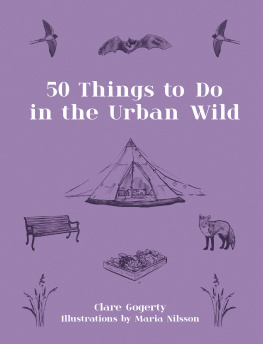


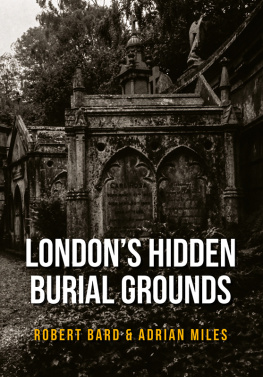

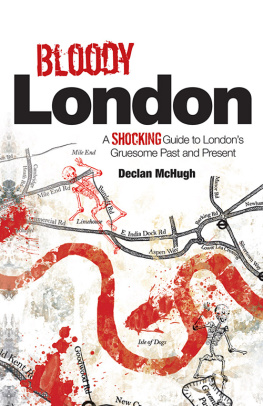
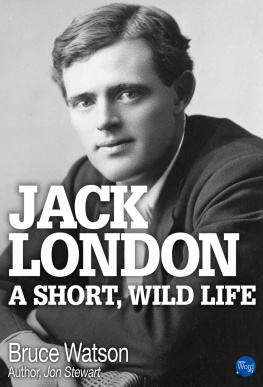
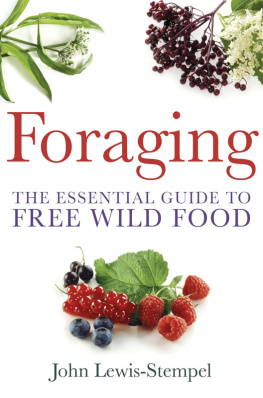
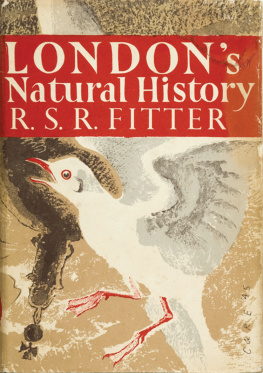
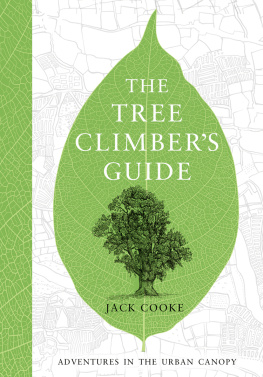
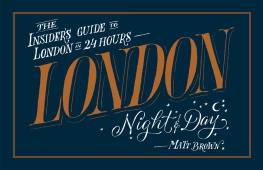
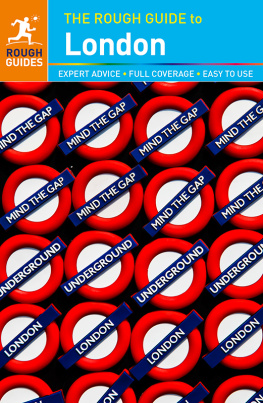



 Wisteria at The Geffrye Museum
Wisteria at The Geffrye Museum St Dunstan-in-the-East
St Dunstan-in-the-East Lee Valley Farm
Lee Valley Farm 